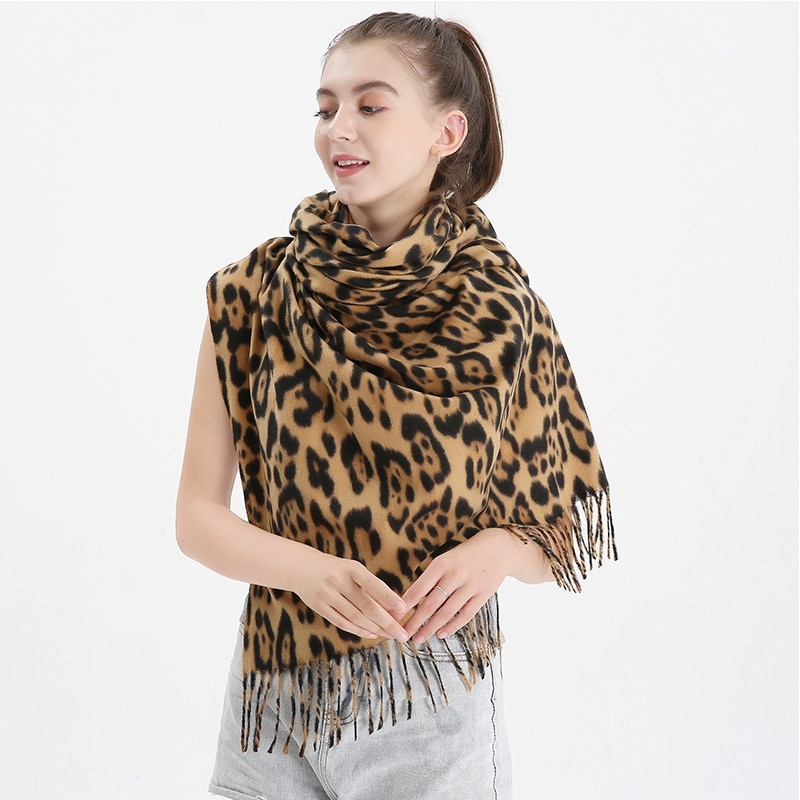
The winter scarf, a staple accessory during chilly months, has a rich and diverse history that spans centuries and cultures. From its practical origins as a protective garment to its current status as a fashionable statement piece, the evolution of it is a captivating journey that reflects changing fashion trends and the enduring need for warmth and comfort. In this article, we explore the fascinating history of it, from its ancient beginnings to its prominent place in modern winter wardrobes.
1. Ancient Origins:
The origins of it can be traced back to ancient civilizations, where people wrapped fabrics around their necks for practical warmth. In ancient Rome, a precursor to the modern scarf, called the “focale,” was worn by soldiers as both a protective garment and a symbol of rank.
2. Cultural Significance:
Throughout history, different cultures embraced scarves for varying purposes. In Asia, silk scarves symbolized wealth and nobility, while in the Middle East, the keffiyeh served both as protection from the harsh desert environment and as a cultural symbol.
3. Renaissance Sophistication:
During the Renaissance era, scarves evolved from being purely functional to becoming fashionable accessories. Silk scarves adorned with intricate patterns and embroidery were favored among the elite, representing elegance and refinement.
4. The Industrial Revolution:
The advent of the Industrial Revolution led to advancements in textile manufacturing, making scarves more accessible to the masses. Woolen scarves became popular, providing warmth to individuals during the colder months.
5. Scarves in Sports:
Scarves found their way into the world of sports, particularly in football (soccer) culture. Fans would wear team-colored scarves to show their support and loyalty during matches, giving rise to the tradition of “scarf-waving” celebrations.
6. The Bohemian Era:
In the early 20th century, the bohemian fashion movement embraced scarves as a versatile accessory. Artistic souls draped silk scarves around their necks, reflecting their free-spirited and unconventional lifestyles.
7. Fashion Statements:
In modern times, scarves have become essential fashion statements. From classic cashmere scarves to trendy infinity scarves, these accessories not only offer warmth but also add a touch of style to any outfit.
8. Scarves as Cultural Symbols:
Ethnic patterns and traditional motifs on scarves celebrate cultural diversity and heritage. Indigenous communities worldwide embrace scarves as an essential part of their cultural identity.
9. Sustainable and Ethical Choices:
As fashion becomes more conscious of sustainability, eco-friendly materials like organic cotton and recycled fibers are used in scarf production, catering to consumers’ ethical preferences.
10. A Symbol of Comfort and Coziness:
In the colder months, the winter scarf remains a comforting companion, wrapping its wearers in warmth and embracing them with a sense of cozy security.
Conclusion:
This is a testament to its timeless appeal and enduring significance. From ancient protective wear to a fashion-forward accessory, scarves have evolved while remaining an essential part of winter wardrobes. As we embrace the winter season, let us celebrate the versatility and cultural richness of scarves while enjoying the warmth and comfort they provide, making them an irreplaceable element of our winter ensembles.


